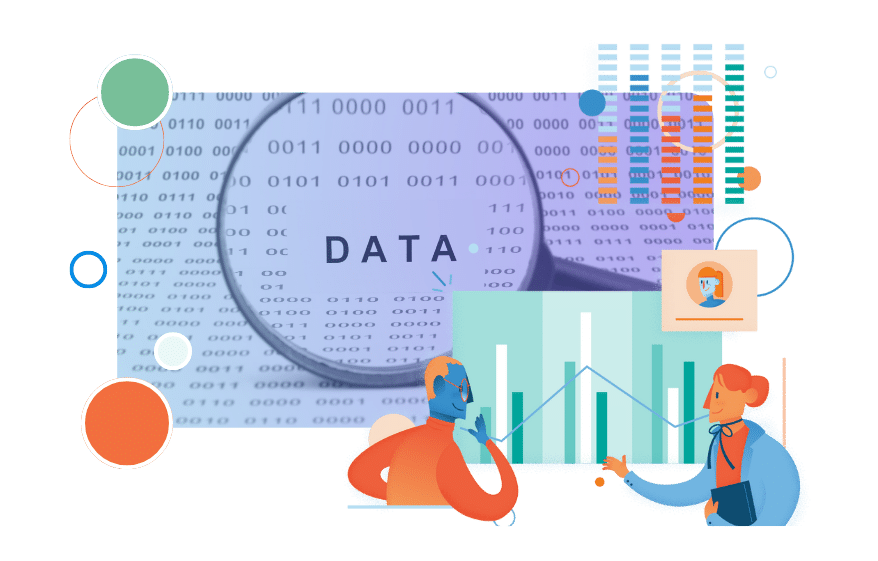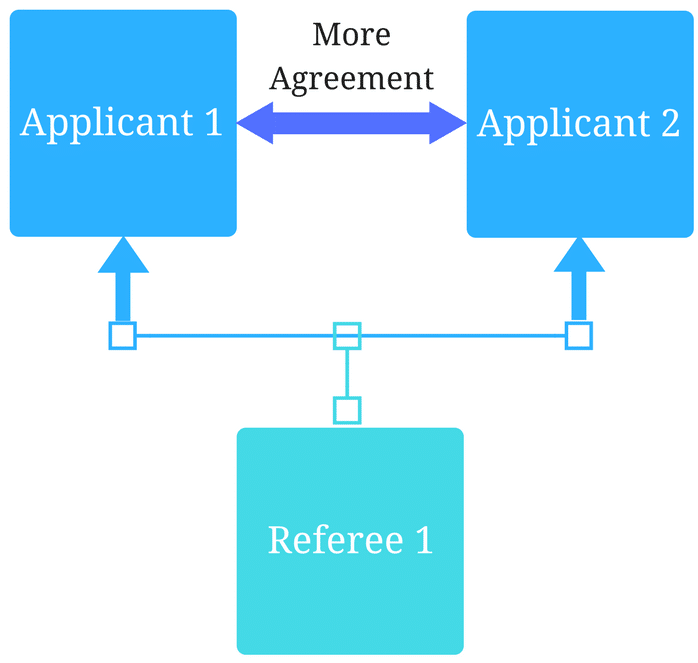Improving data quality for student affairs and curriculum

August 9, 2022
Using data to inform policy reform and improve support structures for learners is standard in departments of student affairs and curriculum. However, data is only useful when it’s organized, accurate, easily navigable and to stakeholders. When data is stored in multiple platforms and spreadsheets siloed in different departments, it is difficult to ensure data quality and implement data-driven decisionmaking.
We know that better decisions are informed by good data, but what does good data look like? In this article we talk about the hallmarks of good data. We also curate five actionable tips to boost data quality for student affairs operations and curriculum review.
Pillars of data quality
Consistency, Accuracy Completeness, and Conformity are the most commonly cited dimensions of assessing data quality.
- Consistency refers to how uniform the same information appears across different systems where the same data is stored and used. For example, if a learner’s grade is stored as a data point across three different platforms—the value for this data point on one the first platform must match its value on the other two platforms.
- Accuracy refers to how error-free your records are. Issues related to data inaccuracy typically arise due to mistakes made when manually entering or transferring data from one platform to another.
- Completeness refers to how much of your dataset is available. Ideally, all values for every variable you expect your data set to represent is in your records. For example, if you have a simple dataset that’s supposed to tell you the first and last names of enrolled students in a course—you would expect the data fields for first names and last names to be completely filled in.
- Conformity refers to the consistency of format across all values that belong to the same attribute within a dataset. For example, a data field representing dates should present all values in the same convention like yyyy-mm-dd.
Learn more about Consistency, Accuracy, Completeness, Conformity, and the possible challenges that schools face in pursuing better data quality by watching the presentation below.
You may also be interested in reading our previous post on assessing your school’s data health.
Data quality is underpinned by data governance
While the above mentioned dimensions describe data quality, achieving good data quality requires data governance.

Data governance is an overarching policy and process that helps your institution manage change. It informs such things as:
- Your data management practices (e.g. standards and protocols for recording, storing, and sharing information that’s important to your operations);
- Your decisions around the platforms you use to manage and analyse such data;
- How you value professional development and training for your staff so they can leverage your institutional data effectively.
Whether they realize it or not, every school has some form of data governance. However, effective data governance is built over time with the support of institutional leadership and the collaboration of different departments and faculty members that touch the data. In an upcoming blog post, we will take a deeper look into data governance and the steps you can take to implement it within your program.
Basic tips for improving data quality
How a school governs its data assets evolves in response to its informational needs and objectives. Their capacity for improving data governance is also influenced by the availability of human and technological resources. No matter where your school is at, however, you may find the following data quality tips worth reviewing.
| Data Quality Tip | Why do it? |
| Use the same unique identifiers across different systems and sources of data. | – No matter how small your program is, assigning unique identifiers to your learners helps you keep track of all the data (e.g. grades, profile, feedback) connected to each individual. – Adopting unique identifiers earlier on will make data collection easier and more organized even as enrolment numbers increase. – Using unique identifiers facilitates matching and joining of records from different systems and datasets. The ability to match and join varied datasets allows for more refined analyses, which can turn up incredible insights. Dimension: Consistency, Completeness |
| Set data entry conventions, unified terms and vocabulary across your faculty. | Setting data entry conventions and having everyone conform to them eliminates ambiguity and makes your dataset easier to query and analyze later on. For example, if your dataset has a field for dates, knowing that everyone is recording dates in the format of yyyy-mm-dd assures you that data entered on 2022-03-05 means it was recorded on March 5th and not May 3rd of 2022. Dimension: Conformity, Accuracy |
| Where possible, choose platforms that are interoperable—that is, systems that can be synced to each other or to a central data warehouse. | – If you use a dataset across several platforms, linking these systems in the backend assures you that the data remains synced and accurate no matter which platform you access it from. – Linking systems can eliminate the need for manual entry of the same data into several platforms, saving you lots of valuable time that you can otherwise use to support learners. Dimension: Consistency, Accuracy, Completeness |
| Establish a single source of truth | – Maintaining a single source of truth (or a data warehouse, in other words) ensures that different departments within your faculty are accessing the same standardized datasets. This assures the validity of using such data in making high stakes decisions. – Centralizing your data under a single warehouse—as opposed to keeping datasets siloed in different platforms—allows you to perform more robust and innovative analyses to inform policy. Dimension: Conformity, Accuracy, Consistency, Completeness |
Learn how you can better leverage data for advising learners and assessing your educational program with data analytics. Get started now.
Related Articles

How interviews could be misleading your admissions...
Most schools consider the interview an important portion of their admissions process, hence a considerable…
Reference letters in academic admissions: useful o...
Because of the lack of innovation, there are often few opportunities to examine current legacy…
